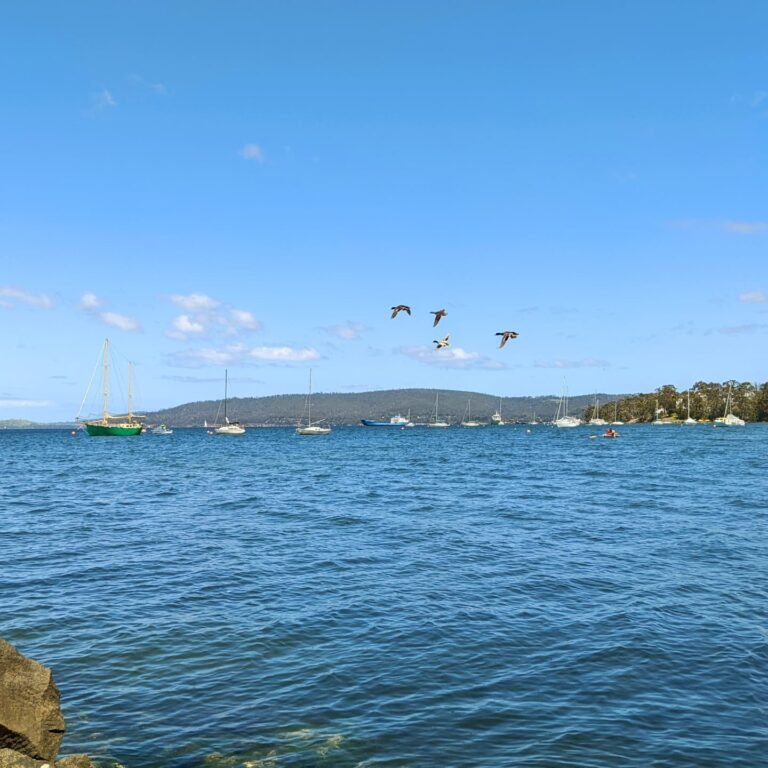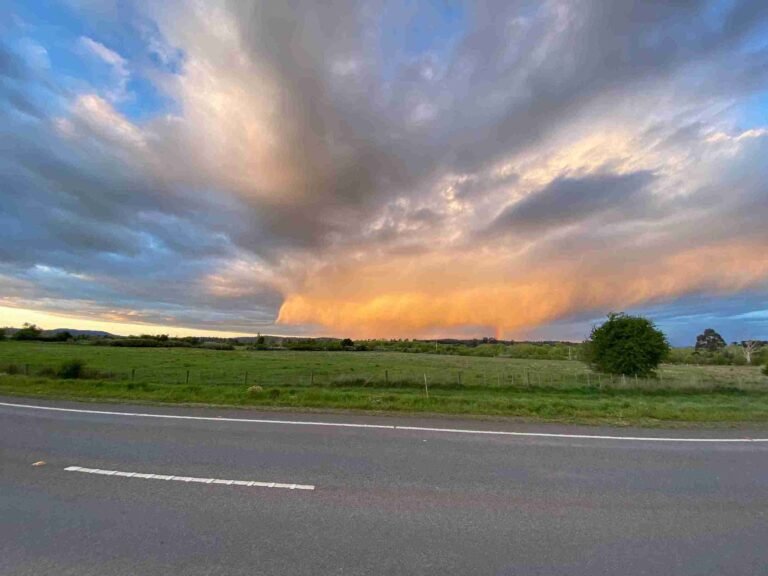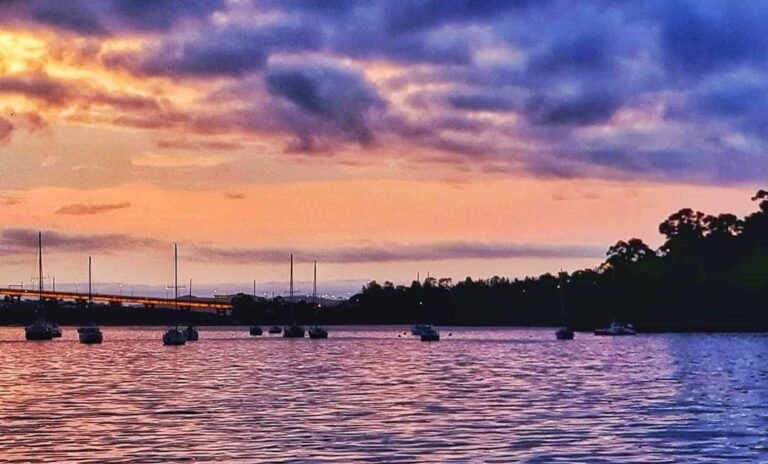Ultimate Guide to Fossil Cliffs Maria Island
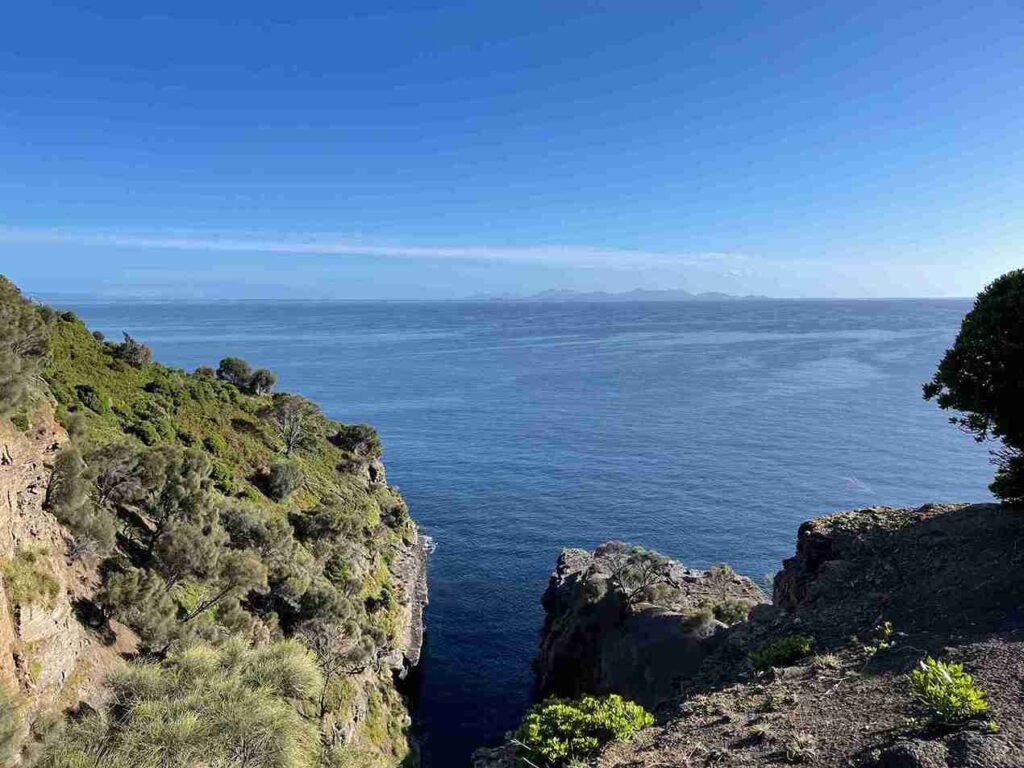
Maria Island is a beautiful national park with no towns, roads, or cars. Being located off the coast of Tasmania, the place has lots of animals, wide sandy beaches, colorful cliffs, and tons of amazing places to explore and discover. The easiest way to reach Fossil Cliffs Maria Island is by taking a ferry from Triabunna.
The Maria Island area is approximately 20 kilometers (12 miles) from north to south and, at its broadest(widest) point, spans about 13 kilometers (8.1 miles) from west to east. Point Lesueur is the nearest island which is roughly 4 kilometers (2.5 miles) away from the east coast of Tasmania.
In 1642, Dutch explorer Abel Tasman named the island after Maria van Diemen (formerly van Aelst), the wife of Anthony van Diemen, who served as the Governor-General of the Dutch East Indies in Batavia.
You need to have a valid Tasmania National Parks Pass if you want to enter the Maria Island National Park, and you can’t take your pets inside the Park. You can either hire a bike from the island or take your own bike over on the ferry to explore the island. Remember, there are no cars or public transportation available on Maria Island.
Fossil Cliffs Maria Island

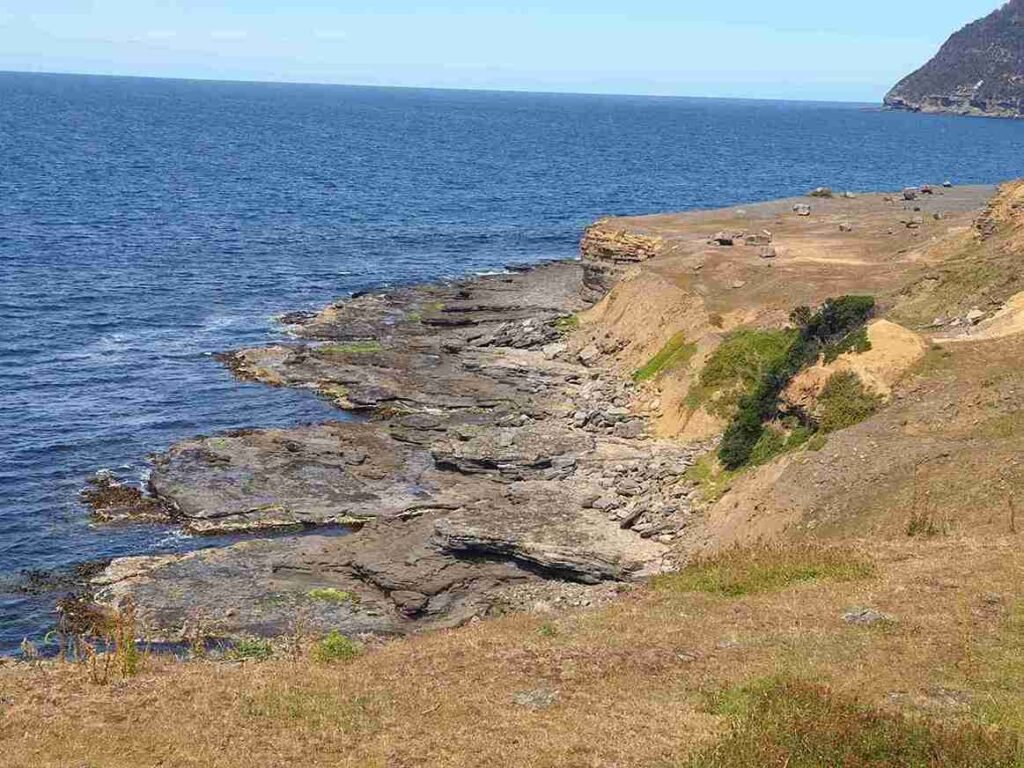


The Fossil Cliffs got its name as the place has tons of fossils, even the cliffs and stones have fossils too. The cliffs have fossils that are about 300 million years old and they used to be under the sea when the area was submerged. You can easily spot clams, scallop shells, sea fans, corals, and sea lilies as you walk over the cliffs.
These fossils are easily visible in the rocks and cliffs, and this place has so much of fossils that if you close your eyes and place your hand on any random thing on the ground it will turn out to be a fossil. In the middle part of the cliffs, there’s a flat area with lots of rocks and fossils to explore. You can easily get a close look at the fossils, unlike the Painted Cliffs, which can only be visited during low tide.
To reach Maria Island, you can take a 30-minute ferry ride from Triabunna which is about 1.5 hours from Hobart and 2.5 hours from Launceston. You can find detailed ferry information and schedules [here].
There’s plenty of parking near the Ferry Terminal, which is suitable for buses and motorbikes. You’ll find public toilets at the Triabunna ferry terminal, on the ferry, at the Maria Island Ferry Terminal, and in Darlington.
You have to bring your own food because there are no cafes or shops on Maria Island. But there are Barbecue areas where you can enjoy the food with your family and friends. Lastly, keep in mind that phone coverage on the island is limited.
If you want to camp in Maria Island National Park, make sure to book it as you visit the Visitors Centre.
Fossil Cliffs Maria Island History
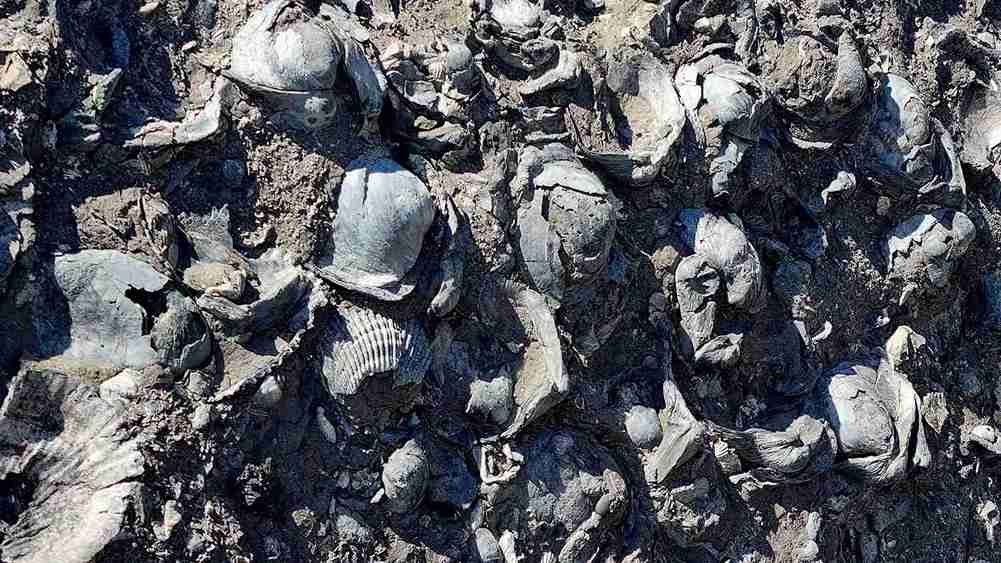
Maria Island’s Fossil Cliffs have a long history which began millions of years ago. The fossils cliffs and stones on the island are formed over 300 million years ago, showing a lively underwater world with brachiopods, corals, and sea lilies. A major part of the island used to be submerged under the seawater and the fossils on the island are among the best in the world and give us a glimpse of life in a sea long ago.
In the 1800s, prisoners worked here to dig up limestone from the cliffs for cement. This left traces of a time when the island was used for industry. Darlington was the place where convicts were kept and worked on the Island.
Nowadays, the Fossil Cliffs have become a major tourist destination and a popular spot to relax and chill out in nature. The place is perfect for explorers and nature enthusiasts who want to explore some hidden gems and delve into history. Exploring the Fossil Cliffs Maria Island is like taking a peek in time and getting a glimpse of how the island used to be in that era.
Maria Island Fossil Cliffs Location
The Fossil Cliffs are located in the northeast of Darlington which is the arrival point on the island. It takes about a 20-30-minute walk to reach the cliffs and see the fossils.
The path from the ferry is mostly flat, with a bit of incline in the first section, making it easy to navigate. Along the way, you’ll pass by an old cemetery and a landing strip.
As we proceeded further, we encountered numerous wallabies and a variety of birds which was truly amazing! Upon reaching the cliffs, there’s a short, steep descent, which is normally easy but if you are visiting it in the rainy season it can be quite muddy. Once reach the cliffs, the terrain becomes flat and easy to explore.
After you check out the cliffs, you can go back the quicker way or, like we did, follow the signs for the Fossil Cliffs circuit. This path goes along the coast and is a bit steep. As you go down, you’ll reach a gravel path that takes you back to Darlington. Be aware, as some of the main paths can be flooded if you are exploring on a rainy day.
If you want to have a little picnic then there’s a bench seat near the descent to the cliffs and another on the highest point after climbing the hill which in turn makes it a perfect spot for enjoying great views and having some delicious food to eat.
I strongly recommend wearing good shoes because if you don’t have one the muddy and wet conditions will be a bit harsh for you.
Final Thoughts: Maria Island Fossil Cliffs

Maria Island Fossil Cliffs is truly a beautiful place to explore and spend a weekend off from your hectic life. The island has so many scenic views that make the place totally worth visiting. As there are no cars or public transportation available on the Island, So you can either walk or have a bicycle to stroll around.
The fossils cliffs and stones on the island are formed over 300 million years ago and you can easily see them in the layers that have formed over them.
Not to mention, the benches in the area are also an excellent spot for a picnic while enjoying the mesmerizing view of nature.
I highly recommend visiting the Fossil Cliffs when you are planning to explore Maria Island.

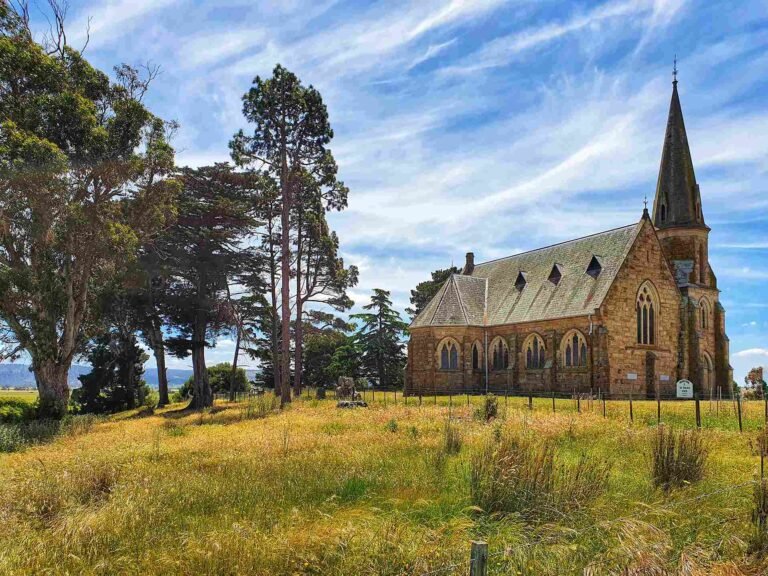
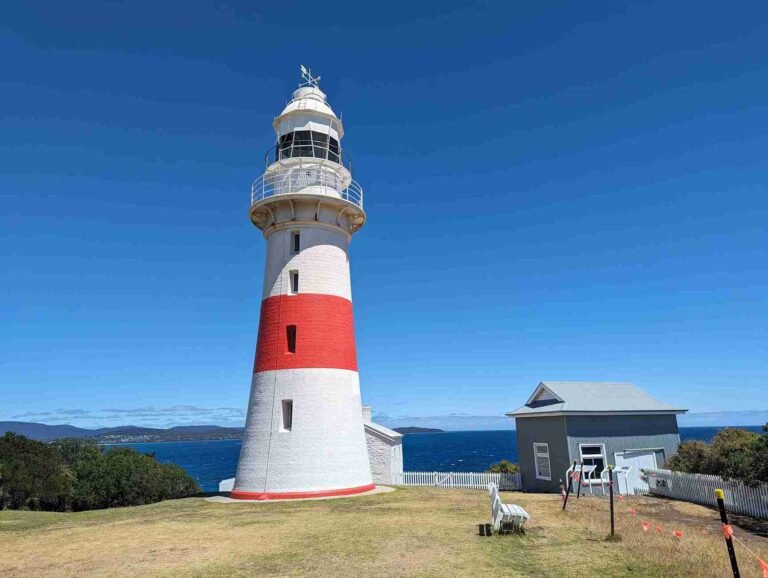
![Ultimate Guide to Bruny Island Camping [Updated 2024]](https://australiawanderlust.com/wp-content/uploads/2024/01/Bruny-Island-Camping-768x576.jpg)
